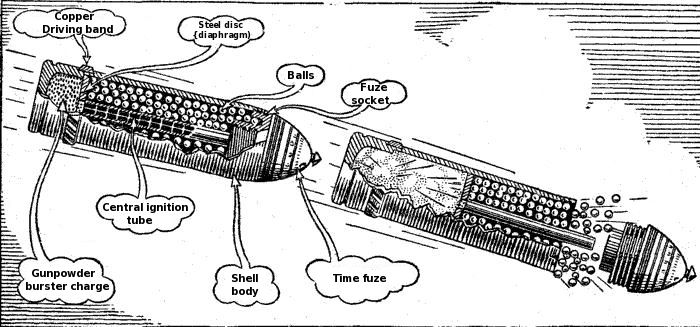 Zyllos, on 07 August 2013 - 06:09 AM, said:
Zyllos, on 07 August 2013 - 06:09 AM, said:
If I understand you correctly, you are just wanting to reduce the cone to be the size it is now but at 500m (not sure why you don't just calculate 540m, but whatever).
If that is true, it would allow the LBX to replace an AC of the same caliber at close range because the pellets are too close together at close range, so it's just a ligher, high/better critical damage AC.
Doing the flak canister shot makes the LBX have the same spray, on average, no matter the range fired. Once it gets within X meters of a solid object, it explodes, releasing the pellets. This makes the LBX unique in all aspects to the AC.
Just reducing the cone would allow the LBX to replace the AC (which I would actually be fine with, the LBX was to be a replacement to the AC) at shorter ranges.
The (self-)quote of the math was from another discussion (regarding the
CEP of the Abrams MBT - which happens to be on the order of ~35 at a range of 8000 meters), and was meant to show that (1) the math can be done, and (2) it's actually relatively simple.
For a LB 10-X, let's say that the base of our cone-of-fire is of diameter 17.6 meters (the height of the MWO
Atlas), and the height (vertex-to-base distance) of the cone is 540 meters (the stated optimal range of the LB 10-X).

LB 10-X vertex angle = arctan ((17.6/2)/540) = 0.0163 radians = 0.9336 degrees
So, let's say that the
Atlas' CT is one-quarter of its width, which in turn looks to be about two-thirds of its height - giving us a CT width of 17.6 * (2/3) * (1/4) = 2.933 meters
To land all of the submunitions on the CT, the base of the cone of fire would have to be less than or equal to 2.933 meters in diameter (or 1.4667 meters in radius). So, how close would our hypothetical LB 10-X, with its vertex angle of 0.9336 degrees, need to be to do it?
tan(0.9336) = (1.4667/(range)) = 0.0163
range = 1.4667/0.0163 = 90 (meters)
Given the above-stated values, the hypothetical LB 10-X cluster round could "replace an AC of the same class" (that is, the AC/10) at ranges of 90 meters or less; at ranges greater than that, the LB-X cluster round would be simply unable to concentrate its submunitions onto one hit location.
Somehow, I don't see that rendering the AC/10 wholly obsolete.

And just for funsies, let's see what happens if we do the same thing with a LB 20-X (both the IS and Clan versions have a canon "long" range (optimal range, in MWO) of 360 meters)!
arctan ((17.6/2)/360) = 1.4002 degrees
tan(1.4002) = (1.4667/(range)) = 0.0244
range = 1.4667/0.0244 = 60 (meters)
Our hypothetical LB 20-X would need to be within 60 meters of the
Atlas in order to have its cluster round match the concentrated damage of a Standard AC/20 shell - beyond that range, the LB-X cluster round will spread its damage across more than one hit location.
In summary, it seems that the LB-X ACs, with the cluster rounds adjusted/implemented as I've described, would not wholly supplant the Standard AC counterparts.

Thoughts?
 Bishop Steiner, on 06 August 2013 - 06:10 PM, said:
Bishop Steiner, on 06 August 2013 - 06:10 PM, said:





























